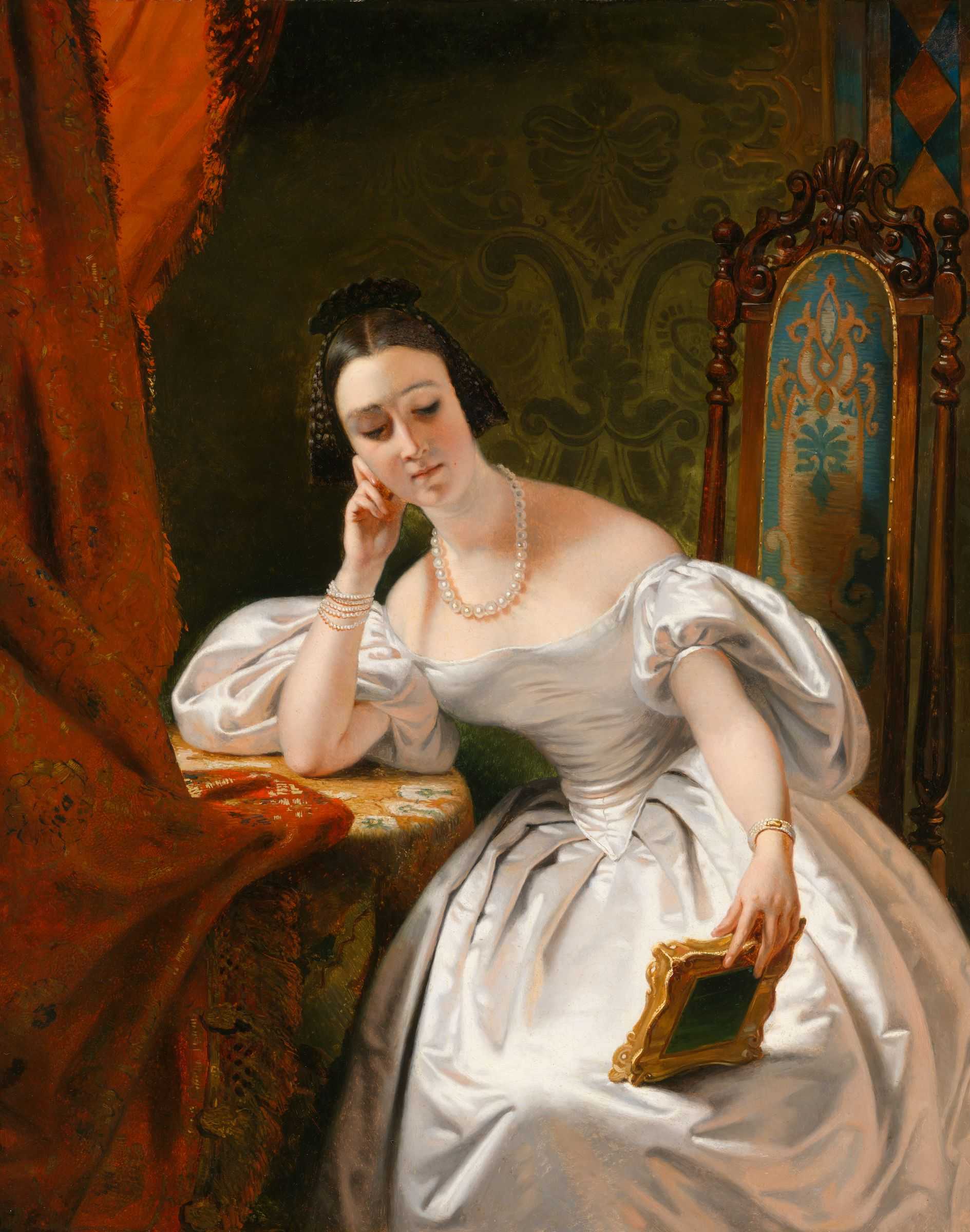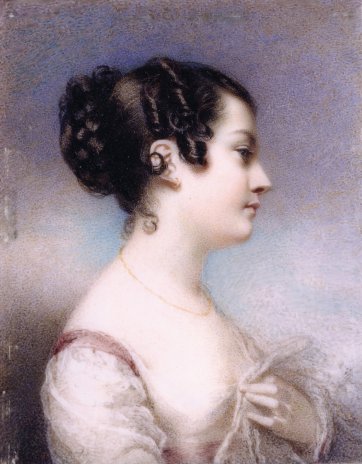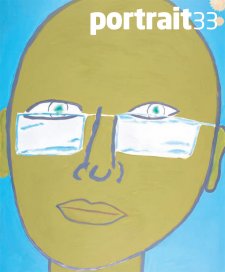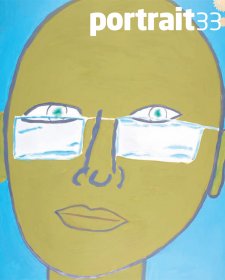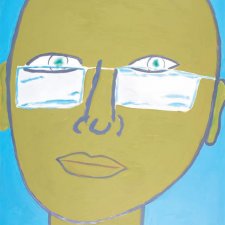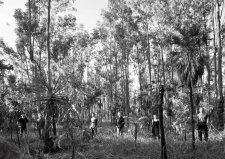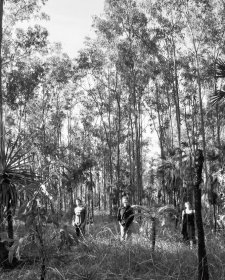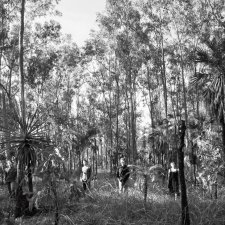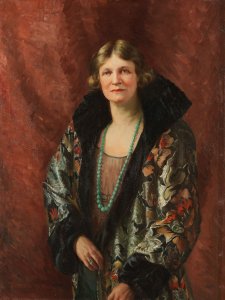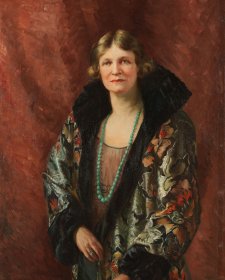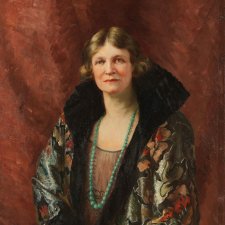For someone who figured prominently in the small social world of early Melbourne, curiously little can be discerned of Jessie Eyre Williams.
The daughter of a Scottish clergyman, Jessie Eyre Williams (neé Gibbon, 1815–1903) arrived in the unkempt young settlement on Port Phillip Bay a little less than a year after her marriage to lawyer Edward Eyre Williams (1813-1880) in 1841.
Jessie by default became one of Melbourne’s leading ladies on her arrival, and within a short time was ensconced in a cottage now variously identified as being in Fitzroy, Collingwood or ‘Newtown’. Williams was soon admitted to the colonial bar and into the Melbourne Club and by 1846 could afford to pay £1450 for a substantial slice of land on the Yarra River. In 1847, he and Jessie took up residence in what is now South Yarra in a mansion fashioned from local mudstone and named after the Italian lake Como (where Williams is reputed to have proposed to his bride). The elegant house was the scene of ‘entertainments’ in keeping with the profile of its occupants, whose list of acquaintances included the names of those who defined Melbourne in its first decades – names like Charles La Trobe, William Lonsdale, and Redmond Barry.
Despite this, Como’s chatelaine is hard to detect. Reading like some kind of breeding guide, Burke’s Colonial Gentry (offering ‘full and reliable information concerning the ancestry of pioneers … in Her Majesty’s more distant possessions’) credits Jessie an earl in her origins, but mentions her primarily as having ‘issued’ her husband’s four children. Newspapers and accounts of her husband reveal little beyond basic facts. Her existence however is faintly traceable in the writings of her contemporary: artist Georgiana McCrae, whose diaries are among the most intriguing accounts of colonial endeavour.
Notwithstanding that she was the ‘natural’ daughter of a duke, Georgiana McCrae (1804- 1890) was educated as if she was legitimate, attending a French-run school in London and learning drawing and painting from a series of talented teachers, John Glover among them. Self portraits painted in her twenties attest to Georgiana’s grace and wit and also to her confidence as an artist possessed of skill beyond mere accomplishment. Georgiana had expectation of earning a living from her art but was required to abandon this plan on her marriage to lawyer Andrew McCrae in 1830.
By the late 1830s, precarious finances saw the McCraes opt for emigration to Australia. Like Jessie Williams, Georgiana arrived in Melbourne in the early 1840s and lived for a time in a cottage on the Yarra. Her diaries document the look of early Melbourne – sniffing, for example, at Collins Street when it was ‘only a rough road, with crooked gutters; the shops built of wood, and raised on stumps’. Jessie inhabits the fringes of the journal: ‘Mrs Eyre Williams came in Kirk’s phaeton, and I took her to call on Mrs La Trobe, Mrs Lonsdale and Mrs Myer, and left cards for Mrs Kemmis’. With its frequent references to musical suppers, tea parties and dining, Georgiana’s diary created a portrait of a coterie of cultivated women maintaining a semblance of elegance in muddy, pre-marvellous Melbourne.
Paris-born Claude-Marie Dubufe (1790- 1864) was a fixture of the Salon for nearly fifty years, often with mannered, sentimental portraits in the style favoured by those seeking gratifying likenesses of their ‘ladies’. Captioned ‘Is he thinking of me?’ his stylised painting of Jessie Williams shows her in wistful contemplation of a small framed work, presumably a portrait of an imagined suitor. His cloyingly feminine image of an impossibly small-waisted woman emphasises her youth and elegance, yet is too deliberately flattering an image to say much about its subject’s character. But, like Georgiana McCrae’s self portraits, it is an artefact of Jessie’s earlier existence, painted to display the artist’s skill as well as its subject’s status and refinement.
It’s possible that Jessie’s portrait was displayed on Como’s walls for the five years she lived there, before the estate’s isolation saw the family relocate to the inner suburbs. The painting remained in family hands until being purchased by the National Portrait Gallery in 2009. Recent conservation treatment has illuminated Dubufe’s masterly rendering of surfaces like silk and brocade, revealing at the same time a beguiling if otherwise unknown face of colonial Australia.
